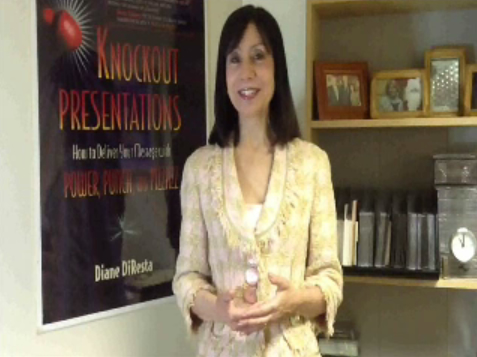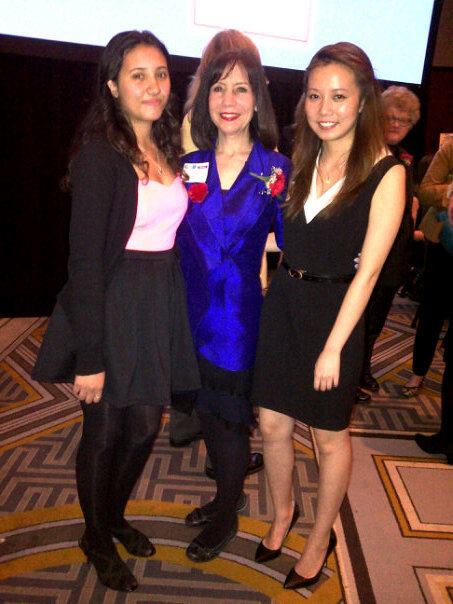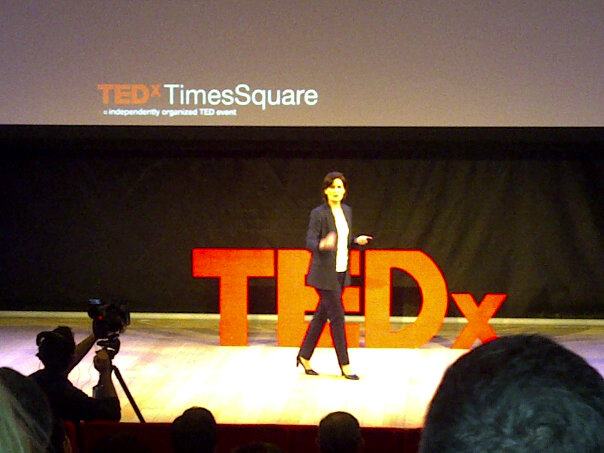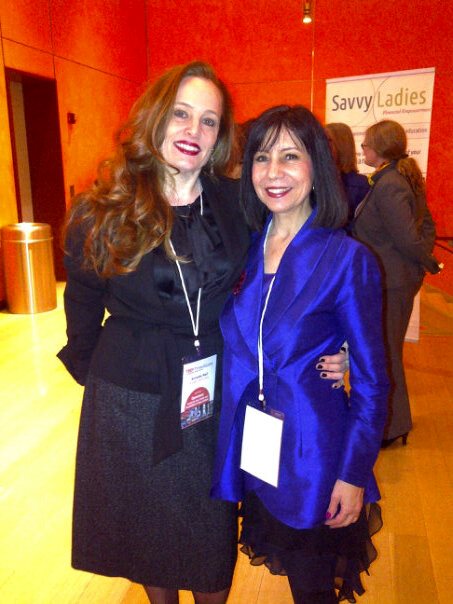Speaking is a leadership skill. This infographic represents John Maxwell's 5 Levels of Leadership. As a thought leader, he recognizes that leaders have to earn their followers. It's the same way with public speaking.

I started to reflect on the many trainings, seminars, and speeches I've given over my career. I have to say that this coordinates very well with public speaking and audiences. There is a saying in the training industry: "There are two kinds of learners: prisoners and vacationers." Actually, there are five.
Prisoners are level one. They came to listen to you because they're required to be there. Their boss sent them to learn a skill or to hear a message, and they don't want to be there. They feel like prisoners.
The second kind of learner is the vacationer. They came to your presentation willingly. Their boss most likely sent them, but they see it as time off the job. So while you're not getting open resistance, you don't have a committed audience.
At level three, people are there because they know the results that you bring to an organization. Many consultants, trainers, and professional speakers have audiences that fall into this category. They may not have experienced the results first hand, but they're aware of your competence, so they're interested in listening.
Level four is when you start to experience real influence. Because at this level, you're satisfying both organizational and personal needs. That means as a public speaker, you are meeting the objectives for which you were hired, but you're also personally liked. There's a relationship with the audience and the person who hired you. Here is where you begin to move from being a vendor to a partner. There is a trust at this level. The audience knows, likes, and trusts you.
Level five is the ultimate of professional or public speaking. Here is where you are a thought leader. Beyond satisfying organizational and personal needs, your reputation precedes you. You may even experience celebrity in a sector or niche industry. You may not be a household name, but you're a known and respected expert - someone who is an authentic leader on the platform.






 Some call it flop sweat. Others call it
Some call it flop sweat. Others call it 


 New York (April 29, 2013) — Two students, Ashley and Fang Fang, stole the show last night as they gave their two minute acceptance speeches to 600 attendees at the
New York (April 29, 2013) — Two students, Ashley and Fang Fang, stole the show last night as they gave their two minute acceptance speeches to 600 attendees at the 
 Yesterday, I attended
Yesterday, I attended 

 When you think about difficult audiences, do you envision an audience in an auditorium with you speaking on the stage? Well, you don't have to be a formal public speaker to encounter a difficult audience.
Your audience includes your co-workers, employees, management and vendors. When you're dealing with so many different personalities it's inevitable that there will be conflict. Here's where trained public speakers have an advantage - the skills that are used to handle a difficult audience also apply when you're communicating one-on-one.
When you think about difficult audiences, do you envision an audience in an auditorium with you speaking on the stage? Well, you don't have to be a formal public speaker to encounter a difficult audience.
Your audience includes your co-workers, employees, management and vendors. When you're dealing with so many different personalities it's inevitable that there will be conflict. Here's where trained public speakers have an advantage - the skills that are used to handle a difficult audience also apply when you're communicating one-on-one.
 I read an interesting story written by
I read an interesting story written by  Vernice Armour
Vernice Armour